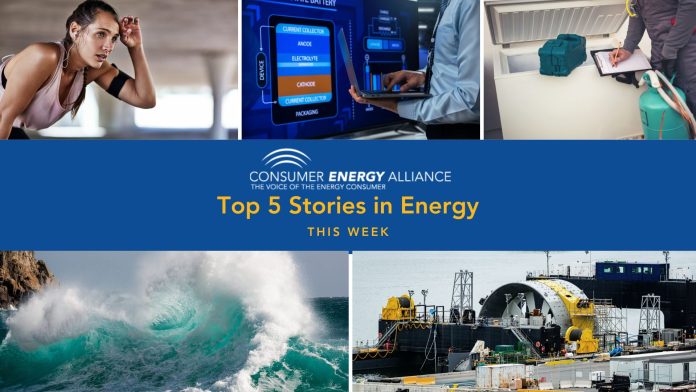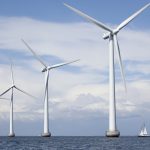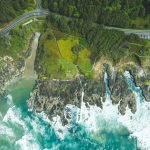
This week the Senate energy committee voted to advance President Joe Biden’s Interior secretary nominee, while his nominees for Council on Environmental Quality and the Environmental Protection Agency advanced further in the process.
Meanwhile as Texas lawmakers and regulators continue to examine the cause of their state’s recent electricity crisis during last month’s winter storm, the head of the Texas Public Utility Commission, resigned. And energy experts have been examining how the Texas power outage affected electric vehicle fleets and municipal buses, bringing up questions about how a larger EV rollout would require investments in a strained grid network.
Global headlines focused on how OPEC and a Russia-led coalition of oil producers kept most of their production cuts in place, which sent oil prices up dramatically. And today China announced they will cut their energy intensity, a ratio that measures how much is used to drive economic growth, by around 3% in 2021 in a push to meet climate goals.
With so much energy news happening this week, be sure to check out our five favorite stories to help you start your weekend!
5Hybrid floating offshore wind farm and wave energy conversion array planned for Ireland
The Western Star program combines a floating offshore wind development and a wave energy conversion facility off the western coast of Ireland. 4COffshore reports that the wind project will generate 1.1 GW of capacity while the wave energy conversation project will start with 5MW of capacity.
4Company unveils high capacity solid-state battery
Japanese manufacturers unveiled a new solid-state battery this week which they claim has one of the highest capacities ever developed and can operate under a larger range of temperatures that previous batteries. Electrek reports that solid-state batteries are gaining popularity due to their potential for increased efficiency, however high costs and limited capacities remain an issue in their scalability.
3First of its kind wave project gets greenlight from FERC
The PacWave South project was approved by regulators this week to begin testing off those coast of Oregon. E&E News reports that this will be the first research project to connect offshore wave power to onshore electricity systems in federal waters off the West Coast.
2Freezer powered by wind and solar energy could assist in COVID-19 vaccine storage
The recently developed “Chillermill” is a chiller/freezer powered by hybrid solar and wind energy. The Hindu BusinessLine reports that the new freezer has been certified by the World Health Organization for storing COVID-19 vaccines, which could be a game changer for rural hospitals that can’t depend on their power supply.
1Body heat the newest renewable energy source?
Researchers have outlined a thermoelectric generator that can be worn as a ring to capture body heat, which could be used to power small devices like smartwatches, fitness trackers and other electronics without the need for charging. E&E News reports that a wearable device such as this could replace batteries in wearable electronics.
















